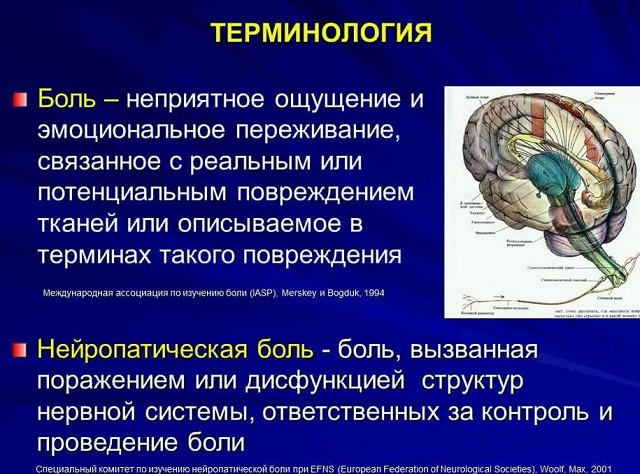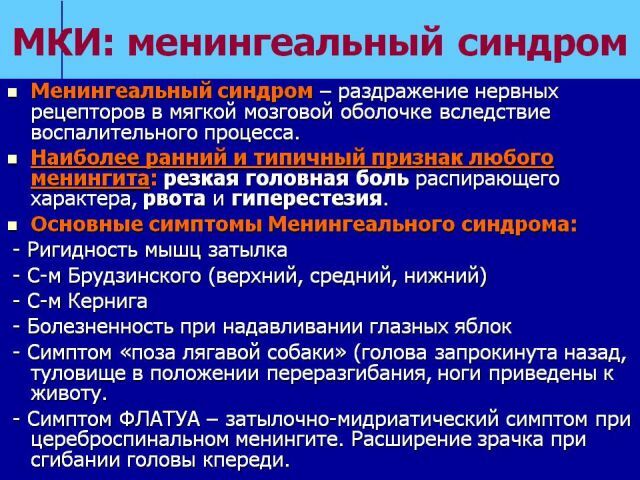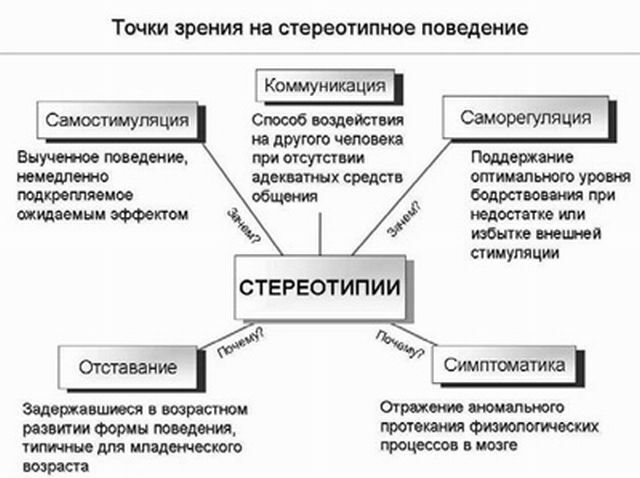 It is customary to call the sensation of weakness of individual muscle groups caused by a violation of their connection with the central nervous system.
It is customary to call the sensation of weakness of individual muscle groups caused by a violation of their connection with the central nervous system.
Similar conditions are the results of various brain function disorders. This can be caused by instability in the peripheral nerves in case they lose the ability to transmit brain impulses aimed at activating the work of muscle tissue.
There are two main varieties of paraparesis. It can be an organic or functional form of disorder.
Organic paraparesis is caused by the influence of certain factors, as a result of which the nerve impulse does not reach the muscular tissues. In functional form, there are disorders of inhibition, balance, as well as excitation and maneuverability in the cerebral cortex itself.
Often, this type of disease is characterized by an increase in muscle tone or the appearance of reflexes. Symptoms may be related to the formation of pathological reflexes, as well as some other unnatural movements.
Contents
- Understand the concepts and manifestations
- Why select legs. ..
- Clinical picture
- Features of diagnosis
- Features of development of infant paraparesis
- Treatment and prevention
- Traditional medicine
Understand the concepts and manifestations of
Lower paraparesis is extremely rare. Only a few people have heard about this type of disease. Whatever it was, knowledge of such violations must necessarily be mastered by each attending physician, as well as parents who bring up young children.
This disease manifests itself in the form of a mild form of paralysis of the lower extremities. Symptomatology can manifest only in some areas. The legs are never completely amazed.
It should be understood that such a disease belongs to the category of very serious, but the intensity of its manifestation can be severe or have a light form. Paraparesis is characterized by development in a wide variety of options, which implies the need for individual treatment courses.
When spastic paraparesis develops, the patient may not perceive tactile sensations in the affected areas. A person can get physical injuries, as well as burns, but do not feel anything. Therefore, such people always require special care and supervision. This condition can mostly arise as a result of a lesion of the spine in the thoracic region.
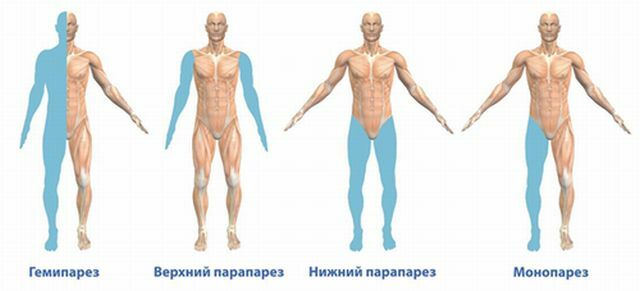
Paresis, in turn, implies only a partial loss of the ability to carry out movements, with damaged tissues becoming sluggish and unable to bear the previous loads.
Muscle strength and the number of active movements thus significantly reduced. Depending on the location, the disease can be divided into several varieties:
- tetraparesis extends to all limbs;
- when tripartis develops, only three limbs can be paralyzed;
- paraparesis is characterized as a disease of both hands or feet;
- for hemiparesis is characterized by damage to the muscular tissues of one lower and upper limb;
- monoparesis paralyzes the muscle tissue of one limb.
Sluggish paraparesis is characterized by a state of relaxation and a slight atrophy of muscle tissues of the hands or feet without significant overstrain, as well as shortening. In this case, the reflexes can gradually fade.
For a spasmodic paresis, a decrease in physical abilities with accompanying muscle spasms, as well as tension, is typical.
Why select legs. ..
The most common cause of manifestation of paraparesis of the lower limbs is the lesion of spinal tissues or, 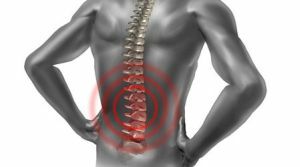 myelopathy.
myelopathy.
At the same time, the cervical spine is most often exposed to harmful effects. The very occurrence of myelopathy can be caused by the progression of osteochondrosis or spondylosis, as well as by various injuries and pressure exerted by tumors. Usually the result of such factors is lower paraparesis.
One of the most common causes of the syndrome is injury. Each damage can be either partial or expressed as a complete rupture of the spinal tissue. At the same time, the spinal cord is often squeezed as a result of displacement of the vertebrae. This can cause partial paralysis.
No less common cause is a neoplasm, which can exert pressure on the spinal cord in certain areas.
As a result, this can lead to a deterioration in the conductivity of the innervation. Paraparesis in a similar state can be developed far from anyway, and its progression can occur suddenly or gradually over a certain period of time.
Paresis of the facial nerve can be caused by diseases such as influenza, adenovirus, herpes, rubella, wind sickness, and also digital computers.
Clinical picture
The lower paraparesis is characterized by certain manifestations, which are a significant factor in the procedure for diagnosing neurological diseases. The main symptoms are: 
- deterioration of the sensitivity of the skin of the lower limbs;
- pain and swelling on the legs;
- weakening of muscle tissue;
- difficulties with shin work;
- sensations of discomfort in the process of flexion and extension of the hip joint;
- worsening knee reflexes;
- during walking it is impossible to step on the heel normally;
- is an uncertain movement.
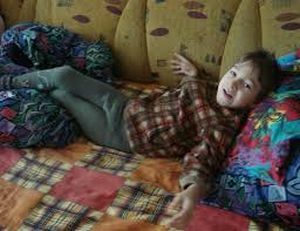 Similar symptoms always manifest very quickly and can have a high duration of action. In difficult situations, paraparesis in adults is combined with difficulties in the work of the pelvic organs.
Similar symptoms always manifest very quickly and can have a high duration of action. In difficult situations, paraparesis in adults is combined with difficulties in the work of the pelvic organs.
In this case, a serious sensation of weakness in the muscles can be diagnosed, the apathy is clearly expressed in the patient's behavior, a person can almost not eat and sleep very poorly. In such situations, often there is a rise in temperature, mood swings, disruption of the normal operation of the intestine.
Due to the deterioration of the protective mechanisms in the human body, the infection begins to develop at an accelerated rate.
In children's organisms, such diseases are often diagnosed after the injury during delivery. But there are cases when the diagnosis is determined incorrectly even in the absence of a specific disease.
When the child becomes more adult, the established diagnosis must be confirmed or removed. Usually these questions are dealt with by a neurologist. Several basic degrees of paresis are defined:
- is insignificant;
- mild pathology;
- expressed;
- is pronounced.
When the patient undergoes lower spastic paraparesis, tactile sensations in the affected limbs deteriorate. Therefore, patients with symptomatic symptoms similar to this require special attention, as well as proper care. This condition mostly progresses with damage to the spine in the thoracic region.
Lower flaccid paraparesis is the result of damage not only in the lumbar region, but also in the thoracic region.
Diagnostics features of
In most cases, diagnosis is performed only by clinical methods without the use of additional technologies.
A comparative characteristic of the muscular strength of the left and right limbs is shown in the development of hemiparesis. In this case,  carries out standard resistance testing procedures, and also uses a classical testing technique called the Barre test.
carries out standard resistance testing procedures, and also uses a classical testing technique called the Barre test.
The essence of the procedure is the need for some time to keep the limbs in the balance. If the paresis progresses, the elongated limbs will slowly lower after 20 seconds.
To determine the factors contributing to the development of paraparesis of the extremities, the following methods of hardware and laboratory testing are used:
- MRI of cerebrospinal and cerebral tissues, as well as CT diagnostics;
- analysis of the state of the liquor;
- electromyography;
- general blood test and testing using biochemical agents;
- electroneuromyography;
- determination of the amount of substance B12, as well as folic acid;
- revealing a genetic predisposition or possible oncological neoplasms.
Features of development of children's paraparesis
With the general normal development of the child, you can see that he walks on tiptoe. Naturally, this causes serious concern for parents. If the child moves independently, this does not mean that he has paraparesis.
Walking on the socks may be due to the fact that in a good tonus can be only some groups of the leg muscles, which is not in all cases refers to the symptoms of paraparesis. Most often in such situations, doctors advise massage, as well as performing therapeutic general health exercises.
In case of a disturbance, the regenerative processes in the children's nervous system due to its plasticity are much more active than in the developed organisms of adults.
Therefore, the results of any significant disorders, hypoxia and birth trauma can very soon cease to manifest.
If paraparesis in a child is diagnosed, continuous monitoring by a neurologist is necessary. Observation should be accompanied by drug treatment, as well as physiotherapy and orthopedic examination. The positive effect of treatment can be significantly facilitated by acupuncture.
Treatment and prevention
 A complex approach is always needed to treat paraparesis of the lower and upper extremities. It is mandatory to use the treatment of a syndrome-provoking disease that causes muscle weakness, as well as a direct intensive treatment of symptoms.
A complex approach is always needed to treat paraparesis of the lower and upper extremities. It is mandatory to use the treatment of a syndrome-provoking disease that causes muscle weakness, as well as a direct intensive treatment of symptoms.
To make muscle tissue better cut, apply gymnastics and massage procedures. Over time, exercise requires more activity and increased muscle exertion. In this case, every action to be performed in the strictest order should be monitored by the attending physician.
The subsequent stages of treatment include LFK courses, water procedures, physiotherapy, as well as electromyostimulation and application of magnetic fields, acupuncture, individual massage procedures, acupuncture. 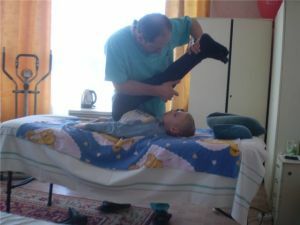
Excellent results continue to demonstrate the use of all kinds of psychotechnics and a variety of trainings designed to improve the psychological state of patients.
Surgical intervention is extremely rare. For the most part, such measures are necessary to eliminate diseases that cause paraparesis.
Water procedures are considered one of the most effective methods of preventing paresis of the upper and lower extremities.
From the traditional medicine
For the treatment of violations are often used methods of traditional medicine. Medicinal herbs always help restore strength, as well as increase the protective characteristics of the human body.
These tools include:
- balm balm;
- root of Echinacea;
- spraying;
- St. John's wort.
Herbs have an anesthetic effect on the body, promote the strengthening of blood vessels, improve metabolism and significantly strengthen immunity.
Paraparesis of the hands can be treated with bay oil. To do this, one packet of bay leaves is thoroughly crushed, the resulting powder is poured into one glass of unrefined oil and infused for 30 days in a warm place.
After this, the infusion must be brought to a boil, cooled, filtered as it should. When the drug is ready for use, you can gradually begin treatment procedures, involving rubbing the tincture in the area affected by the disease for three months every day.
Do not regret your hands during the treatment. It is recommended to systematically load them with various kinds of work and loads.
For treatment it is good to use special healing baths. To prepare the tincture, you need to pour 1.5 kg of pine needles with 5 liters of water.
 It is also permissible to use pine branches and cones. The resulting mixture must be placed on a fire and boiled for half an hour. After that, the broth should be infused for about 12 hours. The consumption of the resulting broth corresponds to 1 liter per 1.5 liters of water. The standard course of treatment requires taking a bath every other day about 20 times.
It is also permissible to use pine branches and cones. The resulting mixture must be placed on a fire and boiled for half an hour. After that, the broth should be infused for about 12 hours. The consumption of the resulting broth corresponds to 1 liter per 1.5 liters of water. The standard course of treatment requires taking a bath every other day about 20 times.
Thanks to coniferous baths, painful sensations, as well as muscle spasms, are significantly reduced, the body as a whole is strengthened.
As a folk remedy for the treatment and prevention of paresis of limbs, it is necessary to mention such a plant as thyme.
Approximately one tablespoon of ground grass should be poured 200 ml of boiling water and insist for one hour. The resulting tincture is drunk, like tea.
This should be done every day for three months. The severed grass is often used to make compresses, which should be applied for about two hours, wrapping the limb with a warm woolen shawl or even a scarf.
Thyme contains many minerals, trace elements, as well as vitamins, improves the work of the nervous and immune systems, reduces inflammation in the muscle tissues and tendons.

